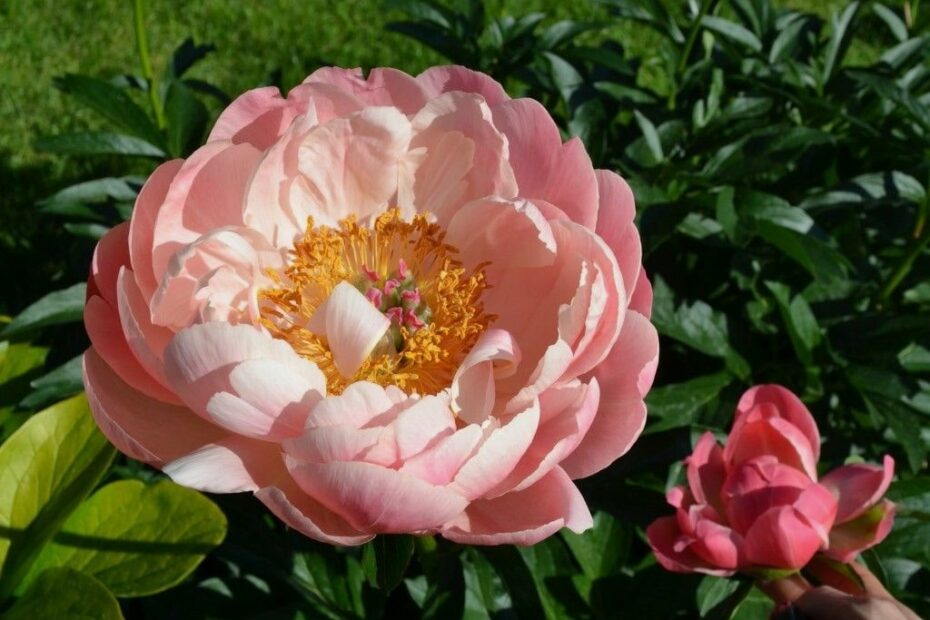Peonies are a popular and beautiful perennial flower that can add color and beauty to any garden. They are known for their large, fragrant blooms that come in a variety of colors including pink, red, white, and yellow. Planting peony bulbs is a simple process that can be done in the fall or early spring. With proper planting and care, peonies can live for decades, providing a stunning display year after year.
Choosing the Right Location
The first step in planting peony bulbs is to choose the right location. Peonies prefer well-drained soil and full sun to partial shade. They also need to be planted in an area that is protected from strong winds, as the large blooms can be easily damaged. When selecting a location, be sure to consider the mature size of the peony, as they can grow to be quite large.
Preparing the Soil
Once you have chosen the right location, you can prepare the soil. Peonies prefer a slightly acidic soil with a pH of 6.0 to 7.0. To prepare the soil, you should dig a hole that is about 12 inches deep and 12 inches wide. Add a 2-inch layer of compost or well-rotted manure to the bottom of the hole. Mix this in well with the soil that you removed from the hole.
Planting the Bulbs
When planting the peony bulbs, it’s important to plant them at the correct depth. The bulb should be planted with the pointed end facing up and the flat end facing down. The bulb should be planted about 4-6 inches below the surface of the soil. Once the bulb is in the hole, cover it with soil and press down firmly. Water the area well after planting.
Aftercare
After planting, peonies will require little maintenance. Water the area well after planting, and continue to water during dry periods throughout the growing season. Peonies will also benefit from a layer of mulch to help retain moisture and control weeds. Keep in mind that peonies take 3-4 years to reach maturity, so it may take a few years before you see blooms.
Conclusion
Peonies are a popular and beautiful perennial flower that can add color and beauty to any garden. Planting peony bulbs is a simple process that can be done in the fall or early spring. With proper planting and care, peonies can live for decades, providing a stunning display year after year. When planting, it’s important to choose the right location, prepare the soil, and plant the bulbs at the correct depth. After planting, peonies will require little maintenance, but it may take a few years before you see blooms.
FAQ
The best time to plant peonies is in the fall, when the temperatures are cooler and the soil is still warm. This allows the roots to establish themselves before the cold winter weather sets in.
Peonies do not require a lot of water. Once established, they can survive on natural rainfall alone. However, during periods of drought, they may need to be watered occasionally. It’s important not to overwater as it can lead to root rot.
Peonies are ready to be picked when the buds have fully opened and the petals are firm to the touch. The color should also be fully developed.
Peonies generally do not need to be staked, but if you have particularly tall varieties or if you live in an area with strong winds, staking may be necessary to prevent the plants from falling over.
Peonies are hardy plants and can survive cold winter temperatures. In the fall, after the leaves have yellowed and died back, cut the foliage back to about 2 inches above the ground. This will prevent the buildup of rotting material that can harbor disease.
Peonies may not bloom if they are planted too deeply, or if they are not getting enough sunlight. They also need a period of cold dormancy in the winter, which they may not get if they are planted in warm climates. Lack of proper care and nutrition can also cause lack of blooming.
